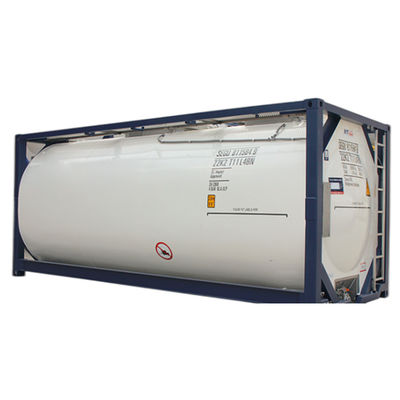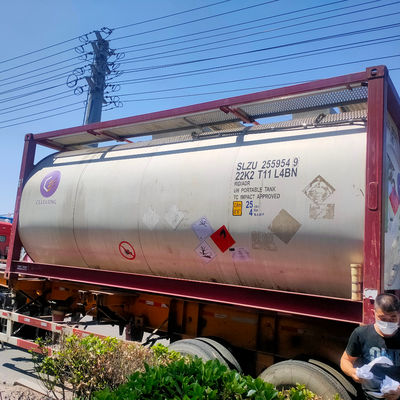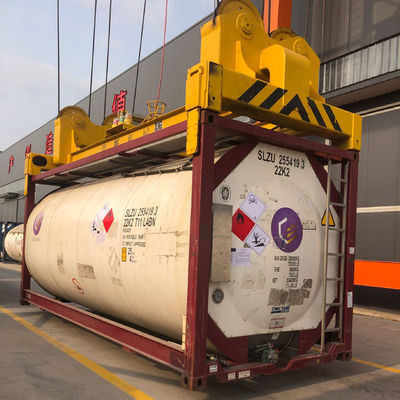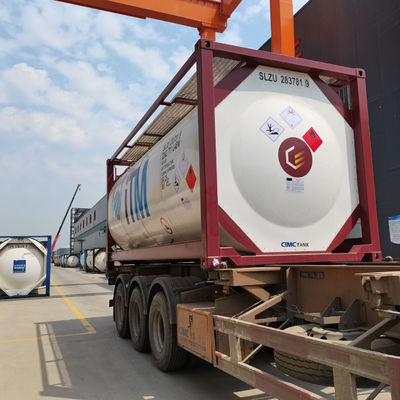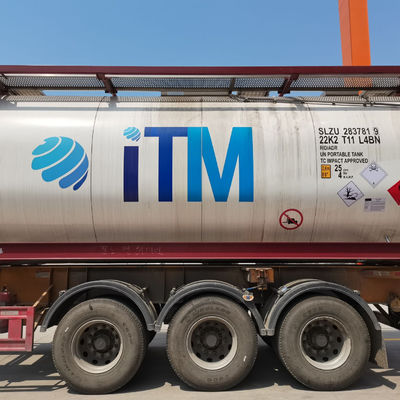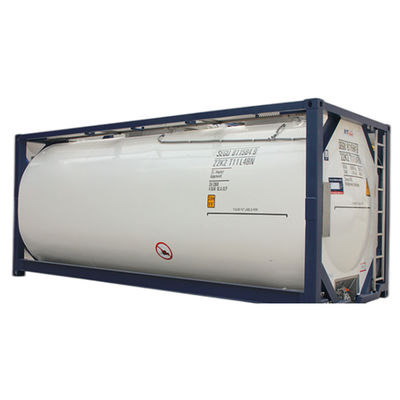Epichlorohydrin is mainly converted to bisphenol A diglycidyl ether, a building block in the manufacture of epoxy resins. It is also a precursor to monomers for other resins and polymers. Another usage is the conversion to synthetic glycerol. However, the rapid increase in biodiesel production, where glycerol is a waste product, has led to a glut of glycerol on the market, rendering this process uneconomical.
Minor and niche applications
Epichlorohydrin is a versatile precursor in the synthesis of many organic compounds. It is used as a solvent for cellulose, resins, and paints,and it has found use as an insect fumigant.
Polymers made from epichlorohydrin, e.g., polyamide-epichlorohydrin resins, are used in paper reinforcement and in the food industry to manufacture tea bags, coffee filters, and sausage/salami casings as well as with water purification.An important biochemical application of epichlorohydrin is its use as crosslinking agent for the production of Sephadex size-exclusion chromatographic resins from dextrans.



